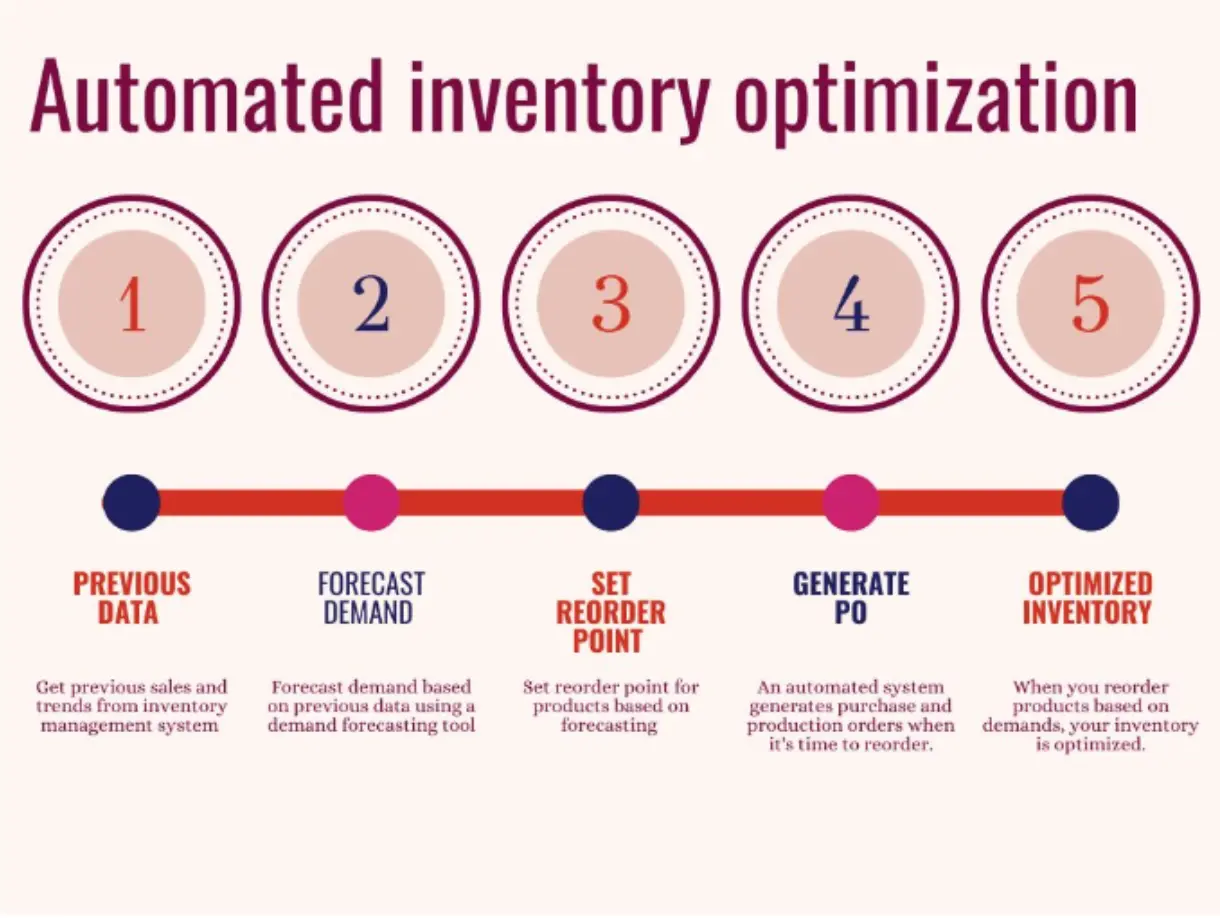Artificial Intelligence (AI) is a growing technology in many industries, including e-commerce. AI can help you grow your business and reduce costs. Even small companies can use AI tools to automate tasks.
Today, we will discuss how AI improves your eCommerce business. These include personalization, predictive analytics, enhanced user experience, and improved payments experience.
Leveraging AI for Personalized Experiences
AI helps suggest products to customers based on what they like. It looks at what they've bought or looked at before and makes suggestions.
Here are some ways to provide personalized experiences to your customers.
-
Personalized Product Recommendations

Source: Amazon.com
AI can show different offers to different customers. For example, if someone buys running shoes, they might get offers for running clothes.
This not only makes customers happy, but also increases the likelihood of their return. Moreover, the tailored marketing strategy aiming to improve conversions with AI predictions becomes an advantageous tool for businesses in today's competitive retail market.
Likewise, someone who buys fancy handbags might get suggestions for jewelry. It makes customers happy and more likely to shop with you.
-
Personalized Email Campaigns
AI is making email marketing better by suggesting personalized content. For example, it can tailor emails based on your customers' purchases or views. As a result, the emails are more relevant, which leads to more sales.
-
Visual Search Capabilities

Source: Mobile Marketing Magazine
AI makes it easier for people to find the products they want. One way it does this is by allowing customers to search by uploading pictures.
This type of search, visual search, will give customers suggestions for similar items. As a result, it makes it easy for them to quickly discover new things and find what they're looking for.
Another way that e-commerce store owners can use AI is by leveraging AI image prompts. By taking advantage of this technology e-commerce store owners will be able to generate images instantly that align with their brand.
-
Retargeting Marketing Strategies
AI can help make online ads more effective by targeting them to specific customers. For example, it can create ads based on what people have looked at online before.
Because these ads are more likely to interest the people seeing them, they're more likely to lead to sales. Targeting ads means more customers and more money for your business.
Personalization helps your e-commerce business. You can present customers with products and ads tailored to their tastes. They see products they like, making shopping more fun and easy. It will make customers happy and will lead to more sales.
Using AI for Predictive Analytics
Predictive analytics study data and predict customer behavior and market trends. Here are some ways you can use predictive analysis in your e-commerce business.
-
Optimize Inventory
Inventory management can help you to optimize inventory levels to reduce costs. Predictive analytics looks at past sales data to predict what customers will want.
Also, AI tools can automate manual tasks, making them more accurate and reducing mistakes. AI can spot patterns and trends that may have led to previous errors.
Using these tools, you can keep the right products in stock and save money on excess inventory.
-
Predict Demand

Source: Cash Flow Inventory
AI can help keep products in stock when they're needed most. For example, it can predict when more winter coats or summer swimsuits will be in demand. And by using AI, you can keep the inventory customers want on hand. You can also satisfy your customers by having the product they want in stock.
Overall, AI can help keep your customers happy by ensuring you have the right products in stock.
-
Optimize Fulfillment Processes
Predictive analysis can help your fulfillment process. This tool looks at customer information to determine how they want to receive the product. Based on that, you can adjust how you deliver products.
By using this analysis, you can spot potential problems early. This way, you can take action to avoid disruptions and save money. It can also help you keep the right amount of products or services on hand. As a result, you improve your customer experience because you can meet their needs before they even ask for it.
Enhancing User Experience with AI
AI can enhance UX in e-commerce by providing convenient customer service. You can do this with chatbots and virtual assistants.
-
Chatbots

Source: POWR
You can use live chat to answer complex customer inquiries. But you can screen for routine questions using AI chatbots.
Additionally, these bots can answer questions and suggest product recommendations. Chatbots typically provide scripted responses to customer inquiries. As a result, chatbots are great for basic tasks, such as answering FAQs.
-
Virtual Assistants
Virtual assistants have become a valuable tool for e-commerce stores. AI-powered virtual assistants can:
- Answer commonly asked questions
- Find a specific product
- Make suggestions and help with complex tasks such as order tracking and shipment notifications
As opposed to chatbots, virtual assistants offer a more natural conversation. It allows the assistants to understand the context and provide personalized advice.
Chatbots and virtual assistants are improving and can do more. They make the customer experience better and make customers want to return.
Improving AI in Payment User Experience
AI improves UX in payments in several ways. Two of these are by using advanced fraud detection and biometric authentication methods.
-
Fraud Detection and Mitigation
Fraud prevention can identify and stop fraudulent transactions. For example, POWR Form Builder can add payments to your website. But how does this keep you safe from fraud?
Payment processors use AI to find and stop fake transactions before they happen. PayPal, for example, uses AI to prevent fraud when people sign up, log in, and make payments.

Source: Stripe
Stripe's fraud prevention solution, Radar, evaluates all transactions for possible fraud. Users can then manage the flagged transactions.
AI can help resolve chargebacks easier by doing some of the manual work. Also, when a transaction receives a fraudulent flag, the customer can't dispute it because it didn't happen.
Therefore, you have fewer chargebacks to deal with later. And this saves you money in the long run.
Mitigating fraud and resolving chargebacks are powerful tools to provide another layer of security for online payments. As a result, they improve the payment experience.
-
Biometric Authentication
Shopify's Logintap No Password Biometry app uses face and fingerprint recognition. The app uses these methods to register the user and return their password.
As a result, customers can securely sign up and login without remembering a complex password. In addition, they don't need to worry about being hacked because only they have access to their biometric data.

Source: Kamdec Ltd
Conclusion
As AI technology advances, we will see more innovative ways it can help e-commerce. If you embrace AI, you will have a competitive edge in the marketplace. Then you will be well-positioned for success in the future.
Author Bio
Ellen Cibula is the founder of EllenCibula.com, where she helps businesses with financial technology, security, and payments. She has over 15 years of experience in the financial technology industry.


